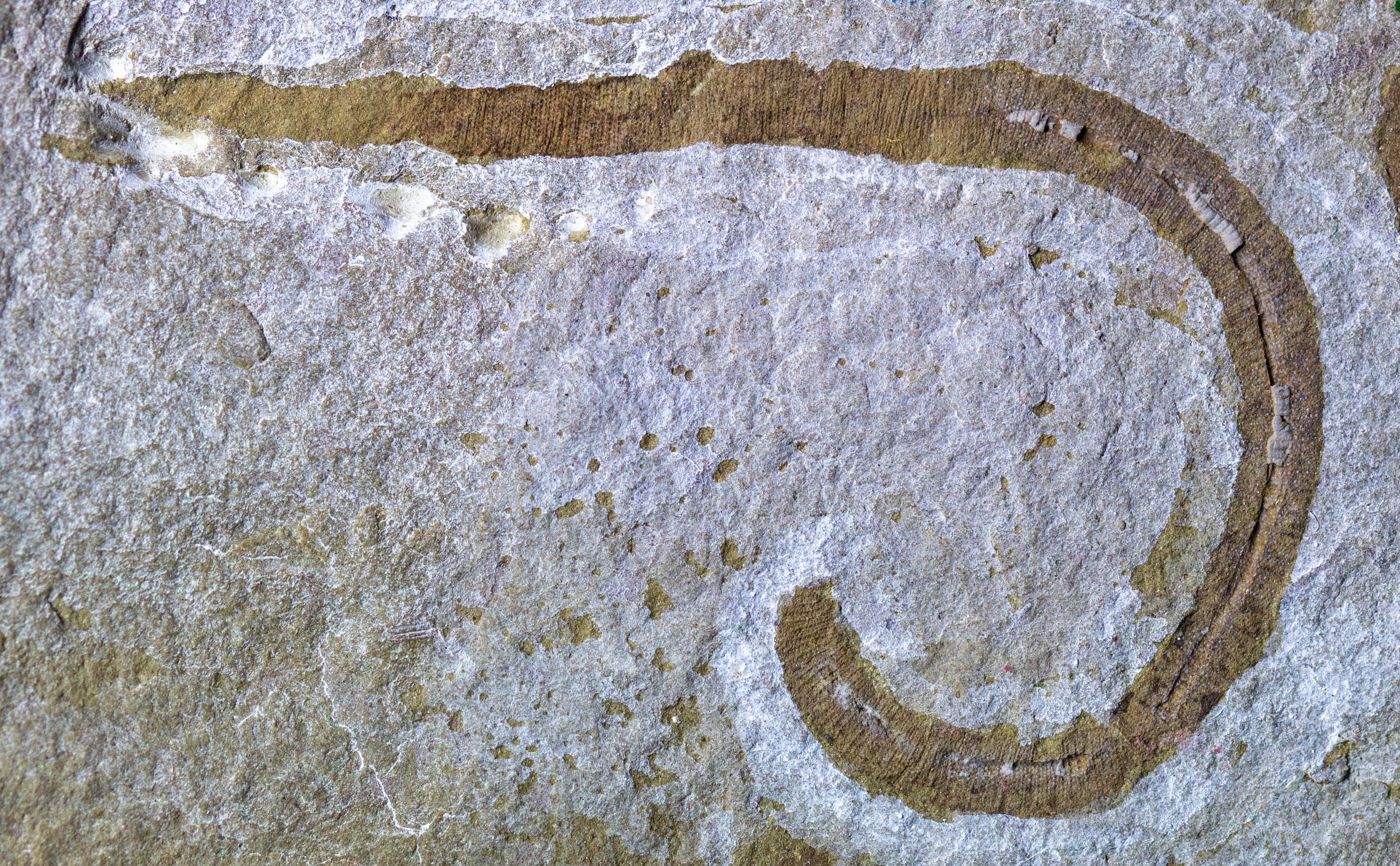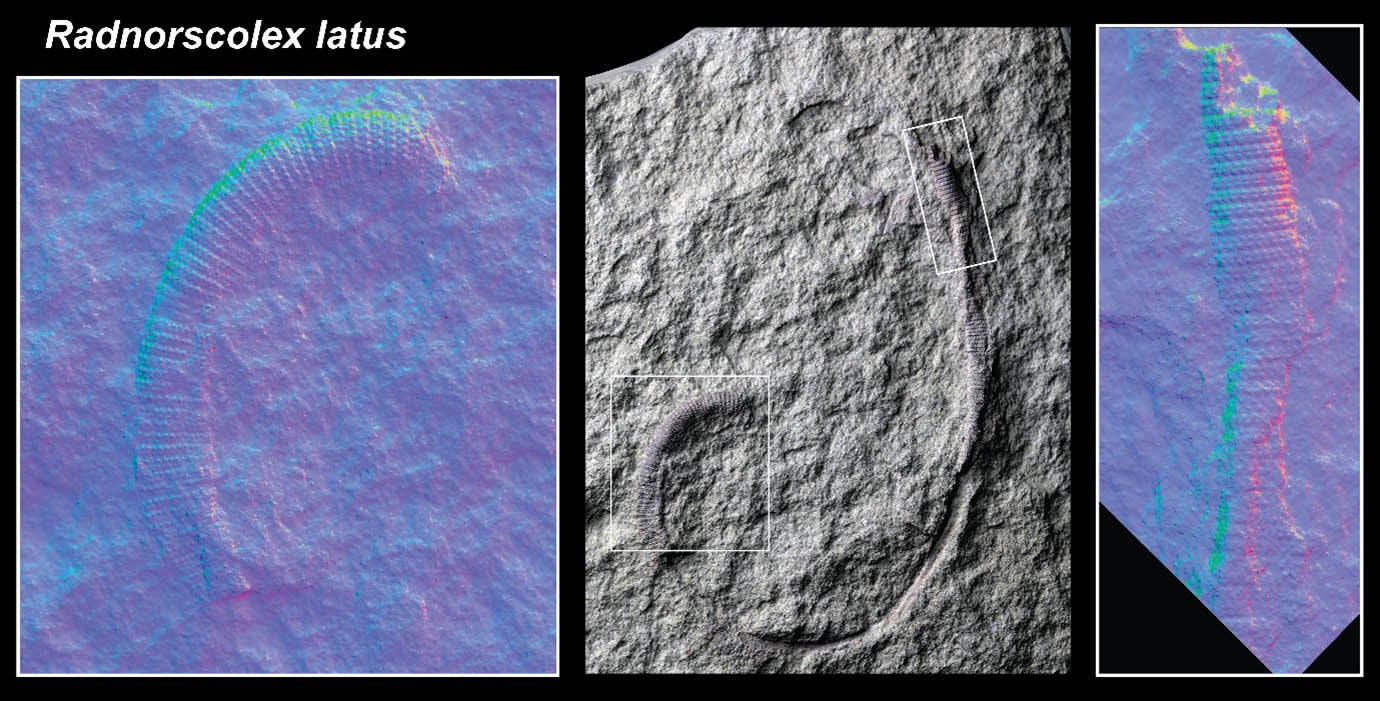Prehistoric worm found in UK ‘shoved its throat out to catch prey’
This marine worm is believed to have lived in the sea floor around 425 million years ago

An ancient worm unearthed in the UK was a carnivorous predator that shoved its throat out to catch and eat prey, according to scientists.
The creature, named Radnorscolex latus, was found at a disused Victorian quarry site in the village of Leintwardine near the Welsh border in Herefordshire.
This marine worm is believed to have lived in the sea floor around 425 million years ago, when the region was under water.
Analysis suggests it had a retractable throat that could extend out onto the seabed to capture prey hidden within the sediment.
According to Dr Richie Howard, curator of fossil arthropods at the Museum, Radnorscolex is reminiscent of giant worms in the Hollywood blockbuster Dune.
Dr Howard said: “We think they weren’t too picky when it came to feeding and likely just shoved their throat out into the mud and grabbed anything they could find.
“They certainly make you think of the sandworms in Dune in that respect.”
Although fossil remains of Radnorscolex were first discovered a century ago, the technology was not advanced enough to allow palaeontologists to examine these in great detail.

Experts from the Natural History Museum in London used state-of-the-art imaging techniques to analyse the remnants.
Findings showed Radnorscolex had rows of sharp teeth and hooks on its head, which it would have used to anchor itself to the ground and drag its body forward to move.
Despite being a predator, analysis suggests the creature only grew to be around 8cm long.
The researchers said Radnorscolex belongs to a group of extinct worm-like animals known as Palaeoscolecids, which were wiped out completely around 400 million years ago due to rapid climate and sea level change.
The findings are published in the journal Papers in Palaeontology.
Join our commenting forum
Join thought-provoking conversations, follow other Independent readers and see their replies
Comments
Bookmark popover
Removed from bookmarks